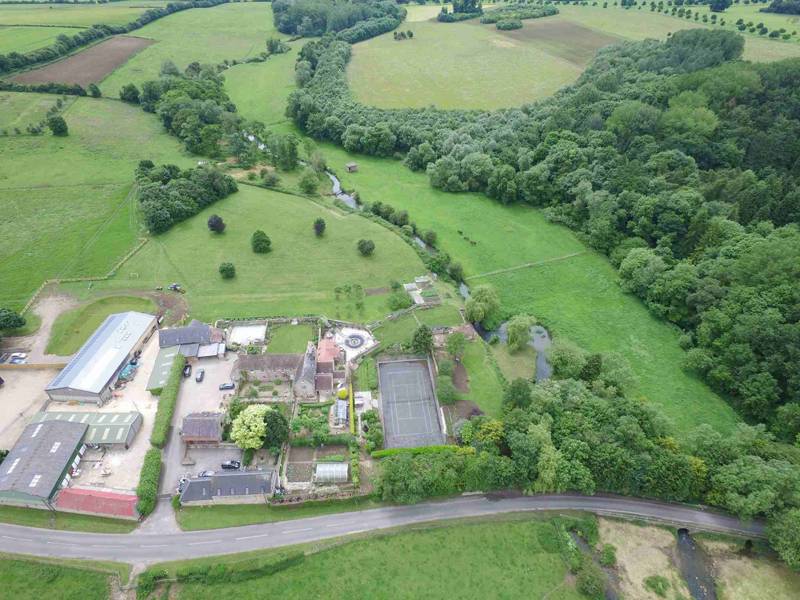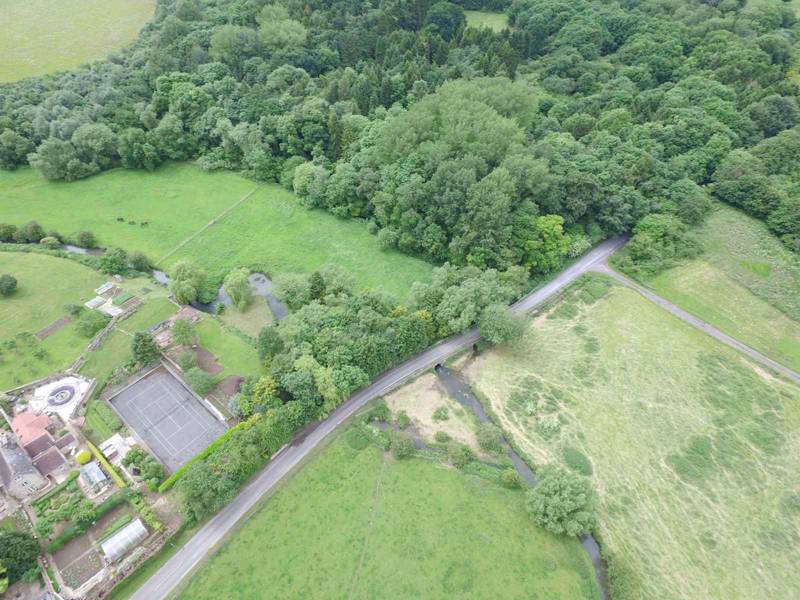Explore the catalogue
Catalogue
The location of Fowersmill - Shrivenham
The Fowersmill Enigma
For many years, historians and commentators of history for Shrivenham and district, have placed the location of Fowersmill firmly within the boundary of Beckett Park. Many assumed that the widening of the lake as the water exits the park on its northern boundary was the feed to the mill. The notoriety of the name Fowersmill was the royal edict attached to it whereby two white capons had to be presented to the King should he ride over the bridge. However, there are several factors that make this location doubtful.
Historical documentation can be traced back to a century after the Norman invasion of 1066 AD. It is described as Fowersmill Estate when in 1188 King Henry II granted to Reynold le Fouwer (Focarius or Stoker), of the king’s chamber, land in Shrivenham. The business to do with the capons was added at a later date and is noted in the Chancery Inquisitions of Edward III (1312 – 1377).
The succession of ownership of the Fowersmill Estate is completely separate to that of Beckett until the Calendar of Close Rolls show that it was conveyed to John de Beckett, who also held the Manor of Beckett. So it is here that we have the connection of the two. We know that the Beckett Estate included lands from all around Shrivenham and stretched right over to Sandhill that borders Friars Farm. However, it was short lived as John de Beckett’s son, of the same name, sold Fowersmill Estate in 1376 to John Warneford, who held the Manor of Sevenhampton, that also borders Friar’s Farm.
From the time that the Fowersmill Estate enters into the hands of the Warnefords, there is very little mention of it again in documentary sources until the early 17th century. In the Manor Court papers of Shrivenham Salop for the 10th October, 1616, it states that Thomas Bassett is the Miller at Friars Mill. Around this time there are numerous spellings for it; Fias & Fryers being mainly used. By 1618, the Manor Court papers state that Stephen West keeps the mill at Shrivenham, but “Thomas Forshere and John Grundye are the Millers at Fryers Mill”
Today, Friars Farm is still on the road from Shrivenham to Highworth and Friars Mill was located just next to it. There are no buildings remaining that housed the mill mechanism itself, but the course of the River Cole has been altered at this location to form the leet that directed the water onto the mill wheel. It is very likely then that the Fowersmill Estate mentioned in the earliest 12th century documents was that of modern day Friars Mill. It was quite common for names to be altered over the course of centuries. The evidence suggests that it was never located on the northern boundary of Beckett Park but always on the opposite side of the Parish of Shrivenham bordering Sevenhampton.
- Year:Present
- Place:Shrivenham
- Ref:Online only
- Item Ref:N1495
- Find it:Online only
Do you know?
We are always on the look-out for more information about Shrivenham and district. If you have old photos, know of historical facts, old documents (especially deeds) please contact us...
If you would like to view any item please email us to make an appointment, details on the Home page.


